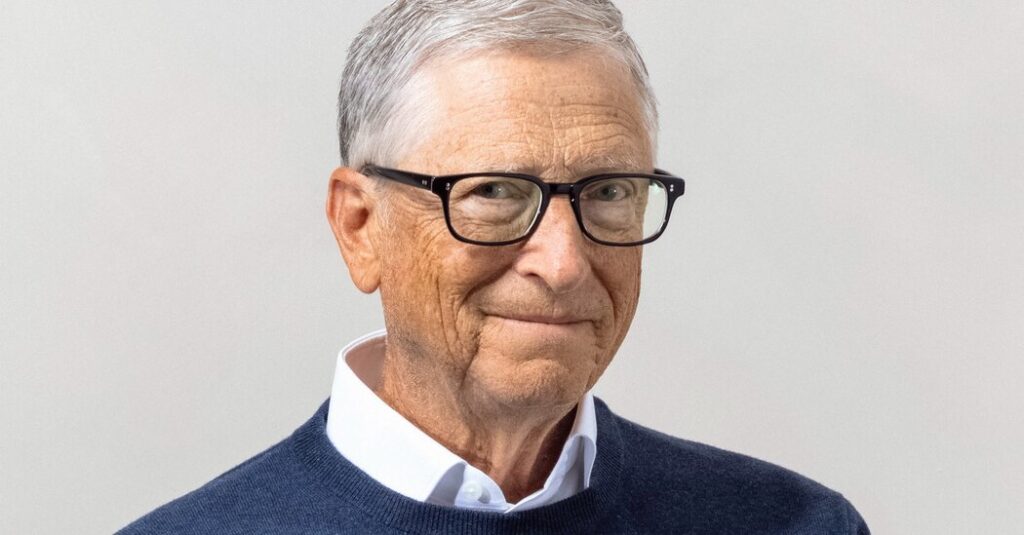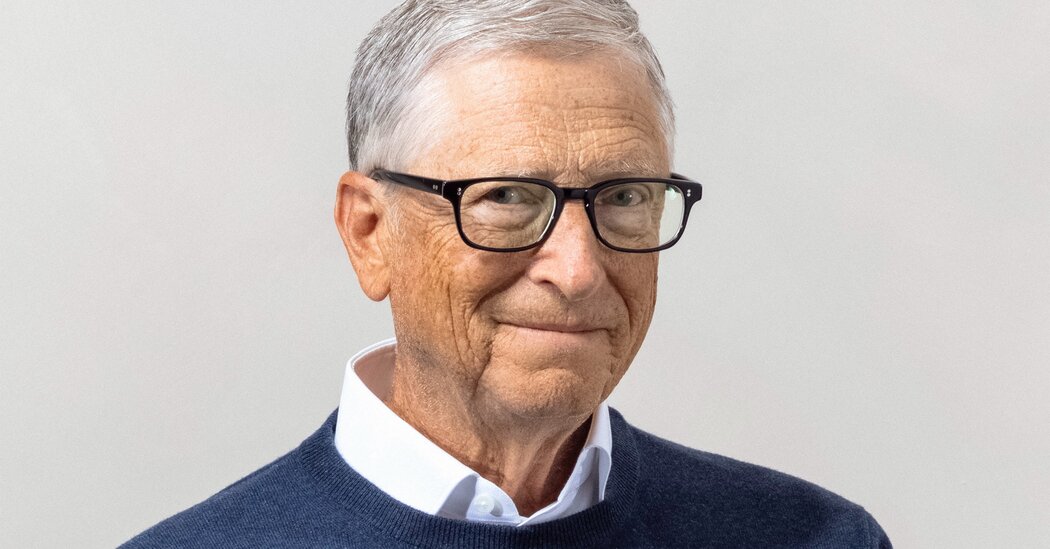Bill Gates Explains His Plans to Close the Gates Foundation in 2045
In a wide-ranging interview, he explains his decision — amid the Trump administration’s assault on foreign aid — to accelerate the end of his giving.


Today the Gates Foundation celebrates its 25th anniversary by announcing its plans to close up shop.
Established in 2000 — when Melinda French Gates was just 35 and Bill Gates was 44 and the world’s richest man — the foundation quickly became one of the most consequential philanthropies the world has ever seen, utterly reshaping the landscape of global public health, pouring more than $100 billion into causes starved for resources and helping save tens of millions of lives.
For all its pragmatic public-health spade work, the foundation has also served as a kind of valorous abstraction — the seeming embodiment of “the Golden Rule,” in a phrase that Bill Gates likes to use, and the face of an increasingly anachronistic era of elite optimism.
“You could say this announcement is not very timely,” Gates says, but the timeline isn’t short: He is committing the foundation to 20 more years of generous aid, more than $200 billion in total, targeting health and human development. And it comes laced with familiar humanitarian confidence, as Gates and his team now believe that their central goals can be achieved in much shorter time. But it is also disconcertingly definitive: The foundation will close its doors, permanently, on Dec. 31, 2045, at least several decades before originally intended. In the meantime, it will be spending down its endowment, as well as almost all of Gates’s remaining personal fortune.
The news comes at a time that will seem to many as a perilous one, given the Trump administration’s recent assault on foreign aid and indeed on the idea of global generosity itself. A study in The Lancet recently calculated that cuts to American spending on PEPFAR, the program to deliver H.I.V. and AIDS relief abroad, could cost the lives of 500,000 children by 2030. The journal Nature suggested that an overall cessation of U.S. aid funding could result in roughly 25 million additional deaths over 15 years.
Donald Trump is the face of these cuts, but the cruelty of his administration is not the only story. After leaping upward in the 2000s, global giving for health grew very slowly through the 2010s. The culture of philanthropy has changed somewhat, too, with the age of the Giving Pledge — in which hundreds of the world’s richest people promised to donate more than half of their great fortunes to charity — yielding first to the upstart movement called Effective Altruism and then to a new age of extreme wealth defined less by altruism than by grandiosity. After the Gateses’ divorce in 2021, Melinda eventually left the foundation to establish her own philanthropy; Warren Buffett, a longtime supporter, recently announced his plans to leave most of his remaining fortune in the hands of a charitable trust his own children will administer, and to give no additional money to the Gates Foundation beyond his death. After a few years of slow post-Covid decline, this has been the year that foreign aid — as the Gates Foundation’s chief executive, Mark Suzman, wrote recently in The Economist — “fell off a cliff.”
On the ground, progress has been bumpy, too, particularly in the aftermath of the pandemic emergency, when many routine vaccination programs were paused and the world’s poorest countries were thrown, en masse, into extreme debt distress. The share of the world’s population living in extreme poverty fell by almost three-quarters between 1990 and 2014, but it has hardly shrunk since.







